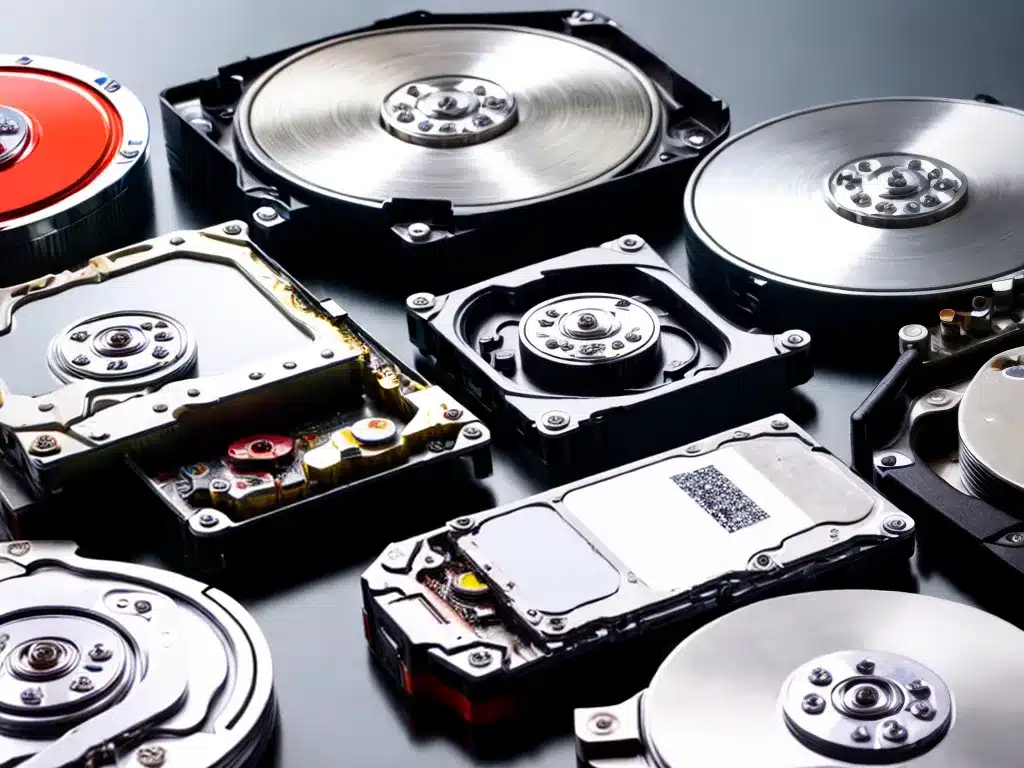Data recovery services specialize in extracting lost or inaccessible files from damaged, failed, or corrupted storage drives and devices. As data storage has become an integral part of both personal and business computing, data recovery has emerged as an important field helping users recover from catastrophic data loss events.
How Data Recovery Works
Data recovery experts utilize a variety of techniques and proprietary software to extract lost files and folders from storage media that can no longer be accessed through normal means. The data recovery process involves multiple phases:
Evaluation and Diagnostics
The first step is a thorough evaluation and diagnostic of the damaged drive to determine the cause of failure and extent of damage. Data recovery engineers examine the drive and assess the failure points such as:
- Mechanical failures – e.g. disk read/write heads crash, motor failure, etc.
- Logical failures – e.g. file system corruption, partitioning issues, viruses, etc.
- Electronic failures – e.g. PCB/controller board damage, chip failure, etc.
This failure analysis provides critical insights into the best recovery methods.
Data Extraction
Armed with diagnostics, engineers utilize various data extraction techniques such as:
- Chip-off – Removing storage chips from PCB and reading them via specialized devices. Used for logical failures.
- Disk imaging – Creating full binary image of drive for extraction via software. Used in most recovery cases.
- Head stack replacement – Swapping read/write heads from identical donor drive to recover mechanical failures.
- Tape feed – Reading data from open reels of backup tape via specialized devices. Used for old tape drives.
Advanced software assists in reading lost file systems, bypassing encryption, and reconstructing files from raw recovered data.
Data Reconstruction
The extracted raw data requires significant reconstruction to transform into usable files. File systems may be corrupted, file records lost, fragmentation present, and directory structures damaged. Data recovery software utilizes advanced algorithms to reconstruct file systems, validate file metadata, recover deleted files, and rebuild damaged folders.
Key tools like file carving, data deduplication, and binary conversion play a critical role in restoring extracted data into accessible user files.
Challenges in Data Recovery
Several factors can pose challenges to successfully extracting lost data:
-
Drive failures – The type and extent of damage inflicted on the storage media affects data recoverability. Complete mechanical seizure of a drive is difficult to recover from.
-
Encryption – Hardware or software encryption implemented on the drive adds an extra layer of complexity that data recovery services must bypass to extract raw data.
-
Proprietary formats – Many storage devices use proprietary formats, file systems, hardware that require specialized software, tools, and expertise to read data from them.
-
Timeliness – The longer the delay in attempting data recovery, the lower the chances of success. New data writes may overwrite deleted data sections.
-
Cost – Extensive effort and labor required for data recovery translates to higher costs. Logical recovery is cheaper than physical recovery.
When to Use Data Recovery Services
Here are common scenarios where users and businesses should seek professional data recovery services:
-
Hard disk drive failure – Mechanical, logical or electronic failure.
-
External media failure – Memory cards, USB drives, external HDD failure.
-
Accidental deletion or corruption – Files deleted or corrupted during OS reinstalls or crashes.
-
Natural disasters – Water/fire damage rendering storage media inaccessible.
-
Encrypted data loss – Lost passwords or encryption keys.
-
Backup restore failures – Backup archives themselves damaged.
Data recovery can often salvage data from catastrophic events when regular backup restores fail to work. While niche and technically complex, reputable data recovery services can make the difference between total data loss and a successful recovery of valued business or personal data.













